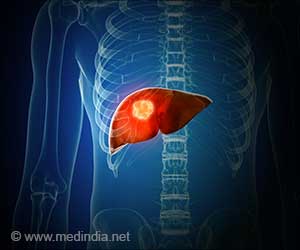Our eye movements have long been thought to reveal whether we are telling the truth or lying. Now a group of University of Utah researchers are using eye-tracking technology to pioneer

CAT is based in Park City, Utah, and managed by venture capitalists Donald Sanborn and Gerald Sanders, who are the president and chairman, respectively.
Sanders said: "The eye-tracking method for detecting lies has great potential. It's a matter of national security that our government agencies have the best and most advanced methods for detecting truth from fiction, and we believe we are addressing that need by licensing the extraordinary research done at the University of Utah."
Tracking eye movement to detect lies became possible in recent years because of substantial improvements in technology. The Utah researchers claim they are the first to develop and assess the software and methods for applying these tests effectively.
Using eye movement to detect lies contrasts with polygraph testing. Instead of measuring a person's emotional reaction to lying, eye-tracking technology measures the person's cognitive reaction. To do so, the researchers record a number of measurements while a subject is answering a series of true-and-false questions on a computer. The measurements include pupil dilation, response time, reading and rereading time, and errors.
The researchers determined that lying requires more work than telling the truth, so they look for indications that the subject is working hard. For example, a person who is being dishonest may have dilated pupils and take longer to read and answer the questions. These reactions are often minute and require sophisticated measurement and statistical modelling to determine their significance.
Advertisement
Besides measuring a different type of response, eye-tracking methods for detecting lies has several other benefits over the polygraph. Eye tracking promises to cost substantially less, require one-fifth of the time currently needed for examinations, require no attachment to the subject being tested, be available in any language and be administered by technicians rather than qualified polygraph examiners.
Advertisement
Cook said: "I came to the University of Utah to do work in reading comprehension, but I jumped at the chance to get involved with this research. That's the fun of this kind of job. You get the opportunity to collaborate with your colleagues to achieve more than any of you could individually."
People across campus assisted the researchers. Help included research assistance from graduate students, intellectual property management through the Technology Commercialization Office and business development advice through the David Eccles School of Business's Lassonde New Venture Development Center, which links faculty researchers with master's of business administration students and graduate students from science, engineering and law.
The researchers still have more development work to do, but they hope the recent licensing will help them attract the additional funding necessary and interest from potential customers. Numerous government agencies, such as the U.S. Department of Defense, Department of Homeland Security, Customs and Border Protection, and Department of Energy use polygraphs regularly to screen employees and applicants for sensitive positions, and these agencies always are looking for more effective ways to detect lies.
Cook said: "It's exciting that our testing method is going to be taken from a basic research program to commercial use."
Source-ANI












